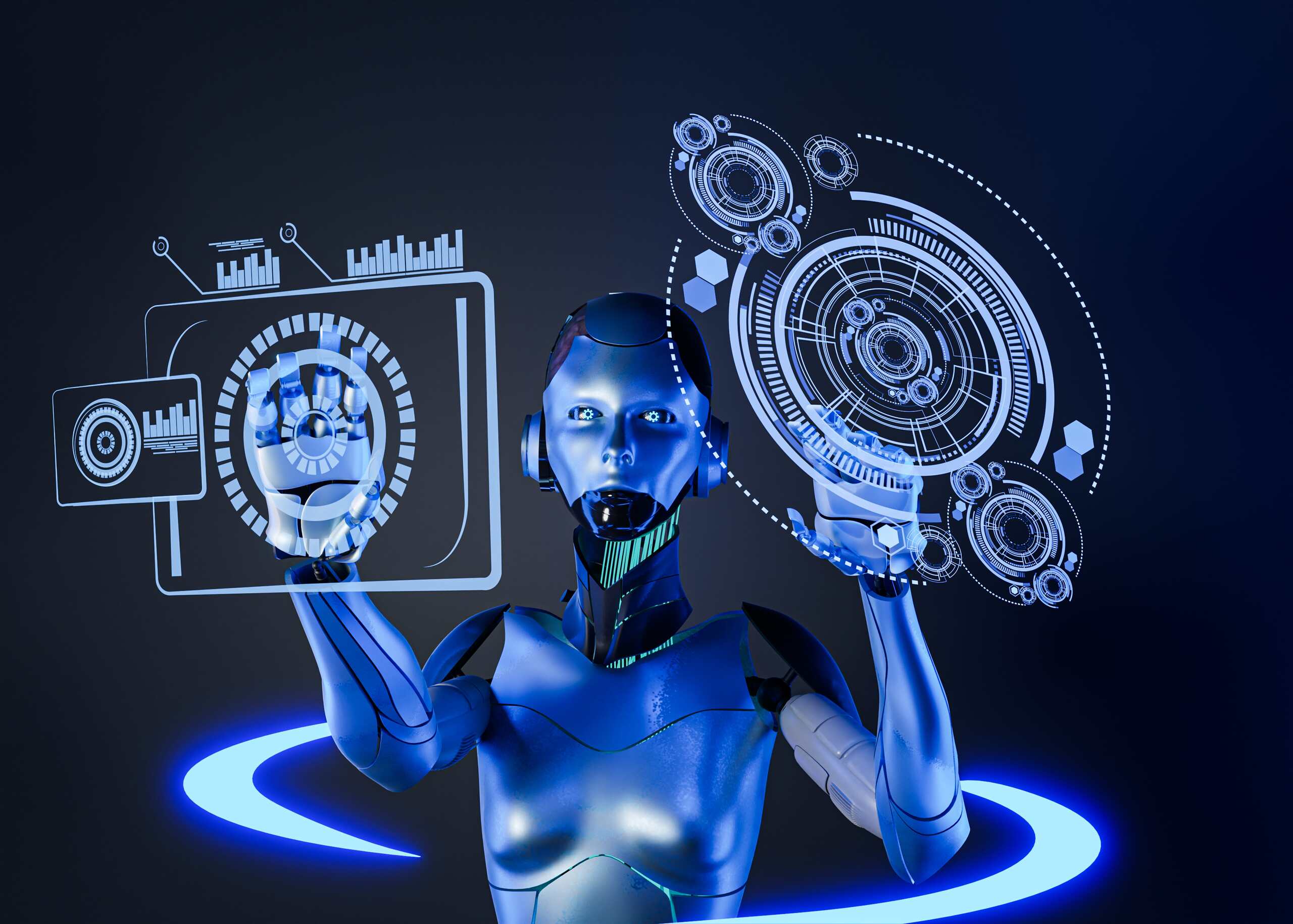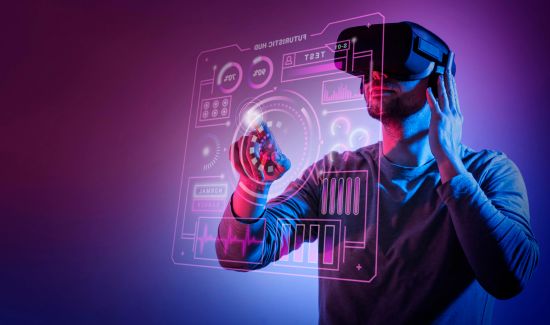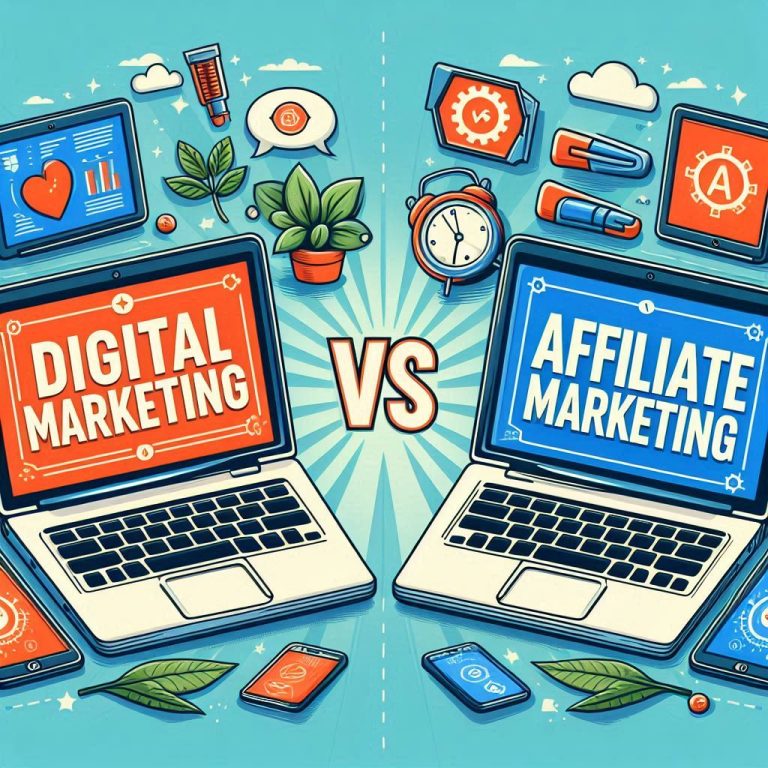Agentic AI vs Generative AI: Key Differences
![]()
Introduction
Artificial Intelligence (AI) has transformed our everyday lives. It’s like a magician pulling rabbits out of hats—what once seemed like a fantasy is now reality. Today, i am diving you into two particular forms of AI that are creating quite a buzz: Agentic AI and Generative AI. So, what’s the deal with these two? Let’s break it down!
Table of Contents
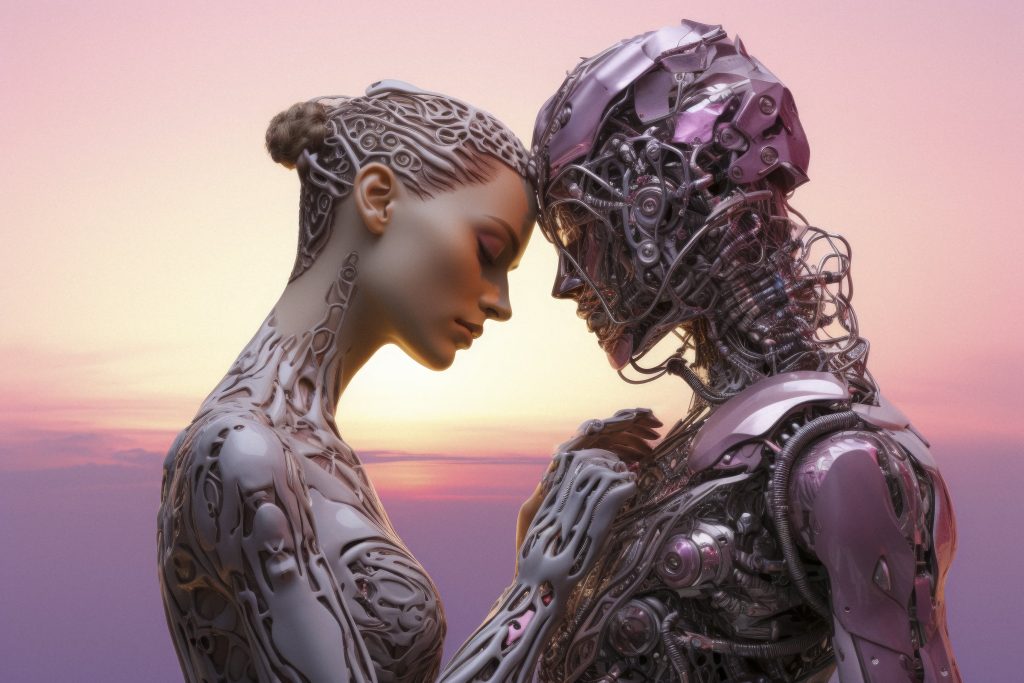
Understanding Agentic AI
What is Agentic AI?
Agentic AI refers to systems that can act autonomously and make decisions based on their programmed objectives. Think of it as your smart assistant who takes charge, rather than just fetching information on command.
Key Characteristics of Agentic AI
- Autonomy: Makes independent decisions.
- Goal-Directed: Aims for specific objectives.
- Adaptability: Learns and adjusts based on experiences.
Applications of Agentic AI
From self-driving cars steering through traffic to virtual personal assistants managing your calendar and emails, Agentic AI is already among us.
Real-world Examples of Agentic AI
- Self-driving Cars: Thanks to companies like Tesla, these vehicles can navigate roads and make split-second decisions.
- Robotic Process Automation (RPA): Streamlining repetitive tasks in corporations effectively.
Understanding Generative AI
What is Generative AI?
On the flip side, Generative AI focuses on creating content—like art, text, or music—based on patterns it learns from existing data. Imagine a talented artist who replicates styles while adding a unique twist!
Key Characteristics of Generative AI
- Creativity: Produces new content.
- Data-Driven: Relies on existing data for creation.
- Variability: Can generate multiple outcomes from a single input.
Applications of Generative AI
Generative AI isn’t just for fun; it’s making waves in various sectors.
Real-world Examples of Generative AI
- Chatbots: Like OpenAI’s GPT-3, they can engage users in conversation.
- Image Generation: Tools like DALL-E that create new images based on textual descriptions.
Comparative Analysis: Agentic AI vs. Generative AI
Fundamental Differences
While Agentic AI focuses on actions and decision-making, Generative AI centers around content creation. One is like a tactician, while the other is the creative artist.
Use Cases and Applications
- Agentic AI: Task automation, routing, and operational efficiency.
- Generative AI: Content generation, style transfer in art, and personalized designs.
Performance Metrics
Agentic AI is often measured through efficiency and decision-making accuracy, whereas Generative AI is gauged by creativity and realism in generated content.
Technological Foundations
Underlying Technologies of Agentic AI
Agentic AI leverages machine learning and multi-agent systems that allow different AI systems to collaborate and make collective decisions.
Underlying Technologies of Generative AI
Generative AI utilizes techniques like neural networks, particularly Generative Adversarial Networks (GANs), which pit one AI against another to improve content generation processes.
Ethical Considerations
Ethical Implications of Agentic AI
Agentic AI can pose risks, such as decision-making in critical situations (imagine a self-driving car making a choice that affects lives).
Ethical Implications of Generative AI
Generative AI raises concerns about copyright, misinformation, and the potential for producing deep fakes.
Comparing Ethical Dilemmas
While both types present ethical concerns, they differ in nature: Agentic AI risks focus on decision-making autonomy, while Generative AI’s issues revolve around content integrity.
The Future of AI: Trends and Predictions
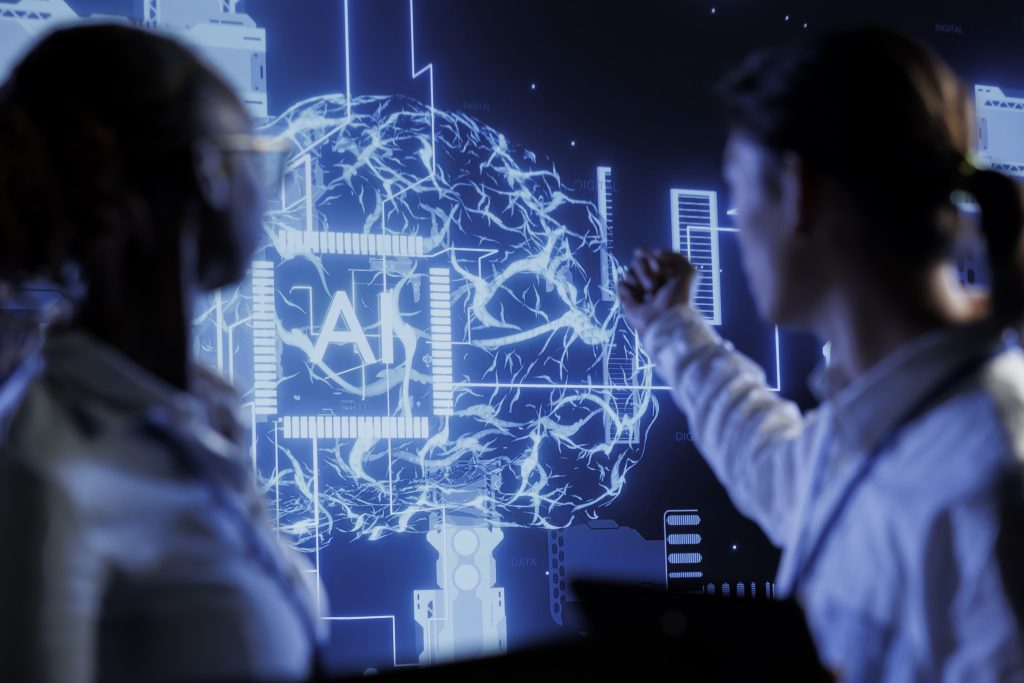
Emerging Trends in Agentic AI
We’re likely to see smarter autonomous systems integrated into everyday technologies, enhancing their ability to learn and adapt.
Emerging Trends in Generative AI
Expect a surge in personalized experiences, where AI will create customized content that meets individual needs and preferences.
Predictions for the Future
As these technologies advance, the lines between agentic and generative capabilities may blur, leading to more holistic AI systems.
Conclusion
Agentic and Generative AI represent the duality of artificial intelligence. One is the action-oriented, decision-making powerhouse, while the other embodies creativity and novelty. As we move forward, understanding their roles and implications will be crucial in shaping our technological landscape. We’re just scratching the surface of what’s possible, and the future is looking bright (and a tad bit mysterious)!

